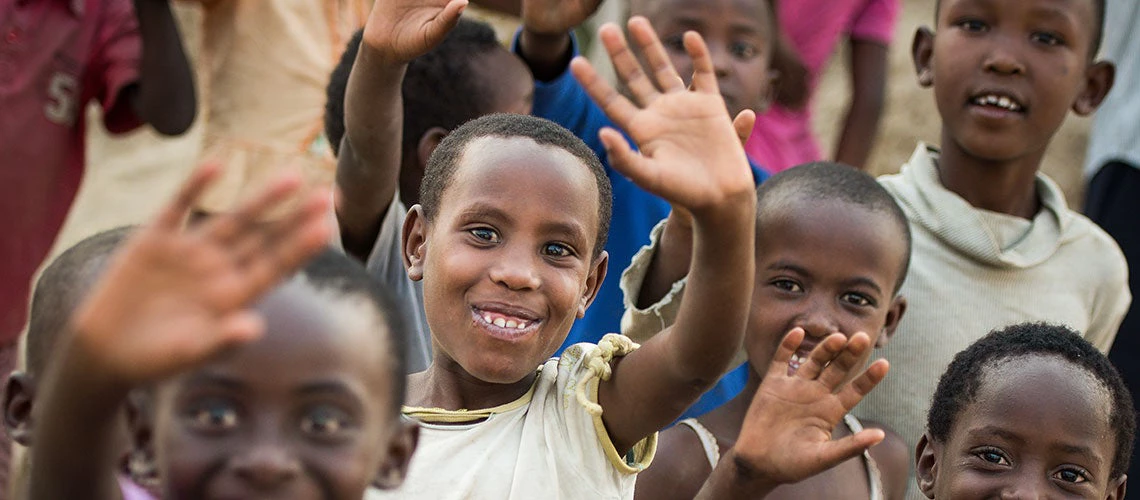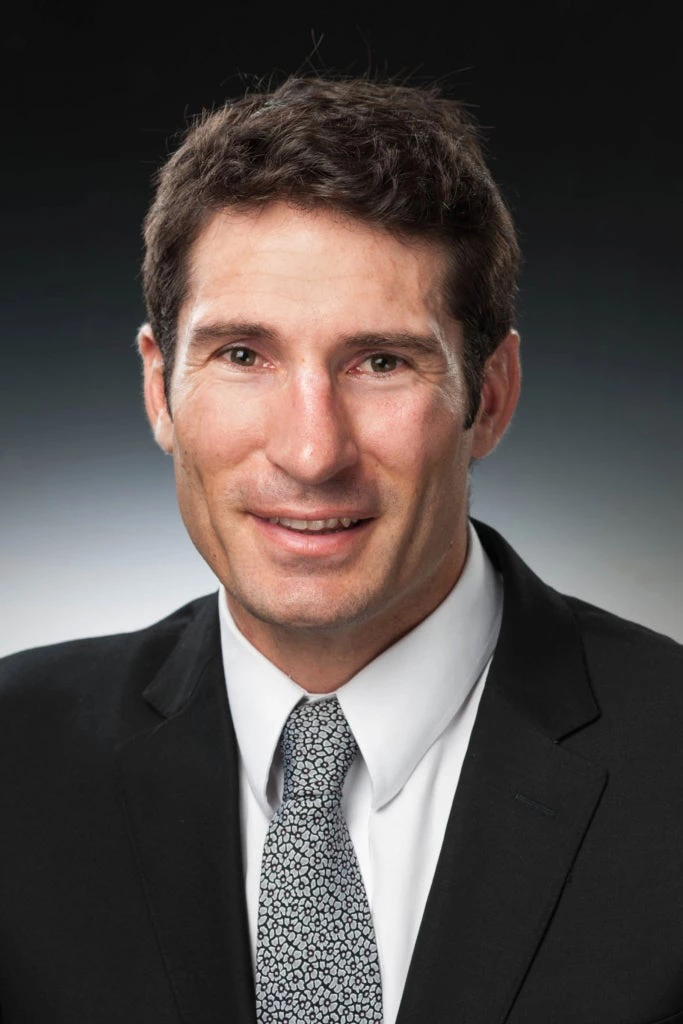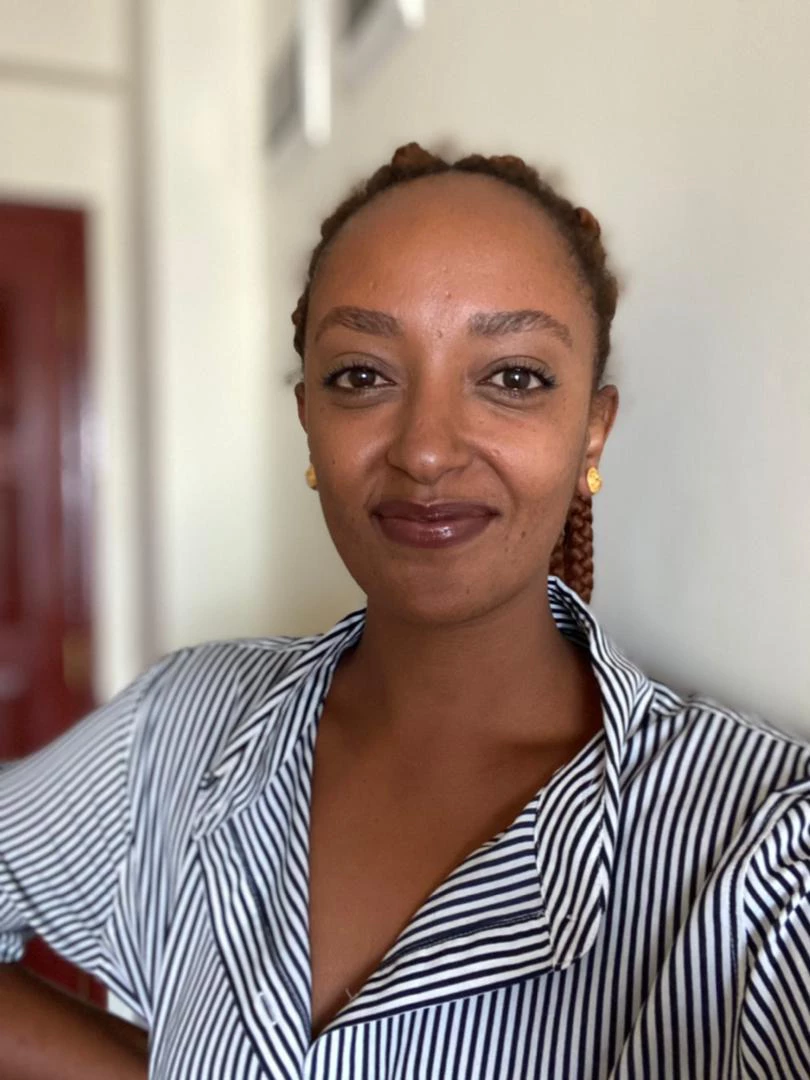 Machine learning in Uganda brings the power of risk financing to strengthen refugee and host community resilience
Machine learning in Uganda brings the power of risk financing to strengthen refugee and host community resilience
“We have to recognize that there cannot be relationships unless there is commitment, unless there is loyalty, unless there is love, patience, persistence.”
This statement, by Professor Cornell West, drives a more difficult question: how do we measure and support ‘commitment’ between social groups so that a relationship’s loyalty, love, patience, and persistence is fostered?
In conflict-affected and fragile settings, the fostering of inter-group relationships, particularly those between refugee and host communities, is critical to the prevention of violent conflict. The cost of responding to violent conflict rather than preventing it is staggering. A recent joint United Nations-World Bank study found that a prevention approach in just five countries would save approximately $34 billion in lost gross domestic product per year. With the increased economic vulnerability of many countries due to the impacts COVID-19, preventing violent conflict, and its costs, is now more important than ever.
Beyond the financial cost, violent conflict threatens the World Bank’s Twin Goals of ending extreme poverty and promoting shared prosperity, by forcibly displacing people from their homes creating refugees and internally displaced persons (IDPs). Global forced displacement, which surpassed 80 million at mid-2020, is now occurring at levels not seen since the Second World War.
A critical challenge of forced displacement is the management of pressures on local host communities so that relationships with refugees are strong. There is global consensus that host communities often face enormous pressures particularly in relation to access to public services that increases their vulnerability. This can be a key driver/contributor to the outbreak of violent conflict. Therefore, to work towards achieving the $34 billion of savings per year, it is critical for both refugee and host communities, as particularly for the ‘commitment’ of the relationship between them, that public services are supported during a displacement shock. A commitment to adequate public service access informs part of a commitment necessary for the loyalty, love, patience, and persistence described by Professor West that fosters social cohesion and peaceful co-existence.
In Uganda, the World Bank’s community-driven development approach, via the Development Response to Displacement Impacts Project (DRDIP), shifts the paradigm of displacement response through the provision of critical public services in refugee-hosting communities . Under DRDIP, a new approach is supporting the government’s response to future displacement shocks: the Displacement Crisis Response Mechanism (DCRM – information leaflet here).
The DCRM is the Government of Uganda’s response to demands for innovative and government-led development finance that sees refugees as a development opportunity. The DCRM’s objective is to foster inclusion and cohesion within and between refugee and host communities by monitoring and maintaining key public service levels for both groups.
In Uganda, the DCRM supports rapid scale-up of public service provision in locations impacted by a refugee-related displacement shock. The DCRM is part of the WBG’s broader support to Uganda’s progressive approach to hosting the fourth highest number of refugees in the world and the largest in Africa.
The DCRM is based on the best practice principles of crisis and disaster risk financing. It is a pre-planned and pre-financed mechanism for shock response. The pre-planning consists of three key factors: First, the process of disbursing resources from the DCRM is agreed in advance. The government selects indicators of public service provision that will be monitored over time. If the indicators drop below threshold levels, the DCRM rapidly and automatically disburses resources. Secondly, the public service investments to be made with DCRM resources are pre-agreed, and include the development of school, water and health care facilities. Finally, it is pre-financed with $4.5 million held in the DRDIP project allocated to make these investments. This pro-active, pre-planned approach represents a sea change from the status quo.
Clearly, the development impact of the DCRM will be driven by the accuracy and efficacy of the indicators the Ugandan government collects to monitor levels of public service provision. Accuracy is important precisely because exclusion of host and refugee communities from public services constitutes one sphere of multidimensional risk of violence driven by a range of complex and interrelated factors. With this in mind, the World Bank is supporting the Government of Uganda to adopt a variety of information gathering methods including perception surveys, civil society analysis, as well as the latest in innovation for data gathering and analytics. This may include use of artificial intelligence to interpret sentiment in public discourse before, during, and after displacement shocks.
Monitoring access to services and equitably and rapidly responding to pressure placed on them by displacement is a new concept for development finance but goes to the heart of ‘commitment’ envisaged in a healthy relationship between social groups. As part of the design, we have consulted colleagues in the field, government, and leading authorities on what best represents ‘need’, and what methods are optimal for measuring ‘need’ in data-scarce and fluid environments accompanying displacement. That said, we acknowledge the first iteration of DCRM implementation will require honing and adaptation. Consequently, the government, with support from the World Bank are adopting a careful, empirically informed ‘learning by doing’ approach.
Multiple low- and middle-income countries are facing increased risk of multiple and potentially simultaneous shocks that can mobilize group-specific grievances to violence. However, by considering the latest data modeling and artificial intelligence techniques, the DRCM seeks to develop a new approach to financing and implementing responses to displacement shocks. Fostering inclusive access to services when displacement shocks occur, constitutes a new and inclusive approach when and where it’s most needed: in support of Africa’s ‘example of solidarity’ with refugee communities.




Join the Conversation